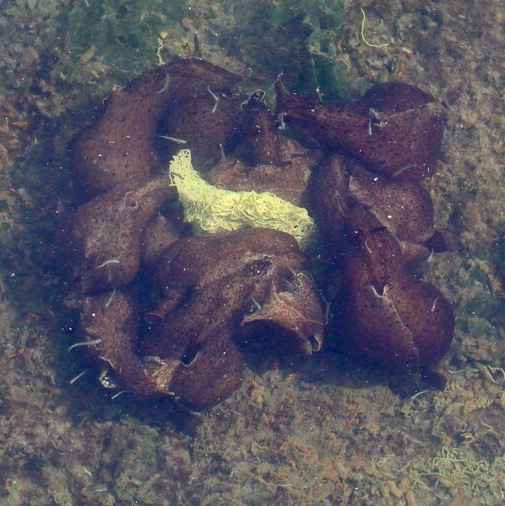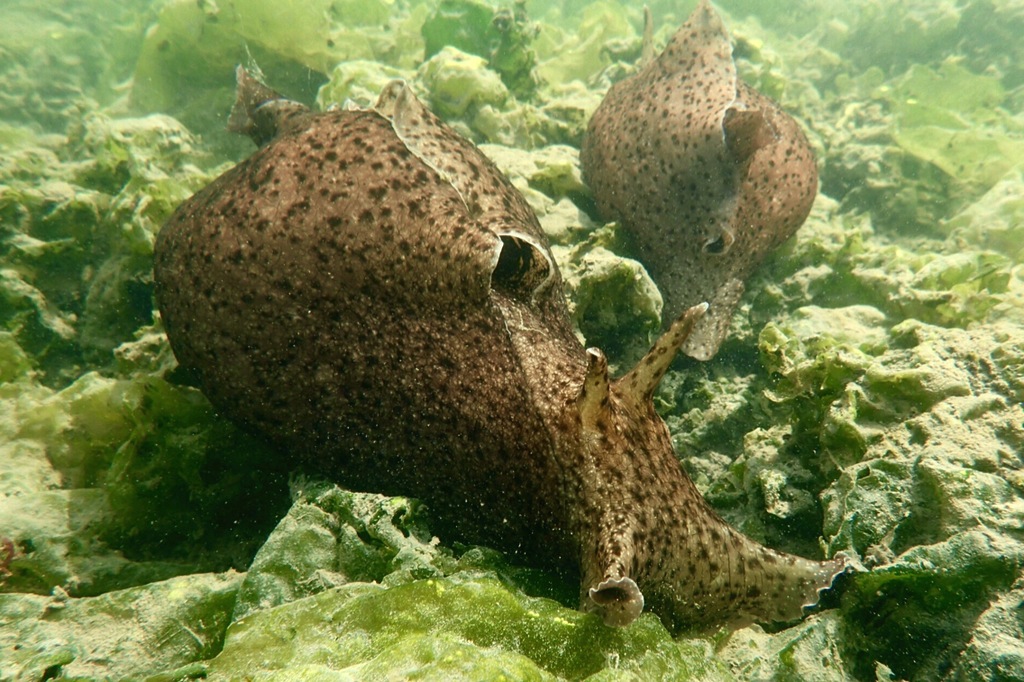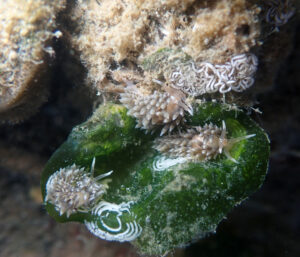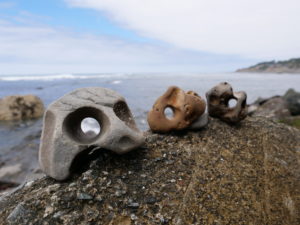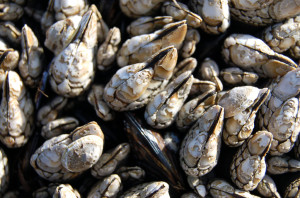Recently, nearly a hundred California sea hares – a species of giant sea slug – have been spotted in Oakland’s Lake Merritt, as well as in Tomales Bay in Point Reyes – and they appear to be breeding. Oakland resident and Measure DD Program Manager Joel Peter first noticed large clusters of 15-20 sea hares with egg masses on the south side of the lake; word spread quickly.
Bay Nature friend Stacey Jo asks, “Is this a good thing? Does it mean the lake is healthy?” We got the scoop from Cal Academy’s Dr. Terry Gosliner to find out what these gelatinous mollusks’ rampant breeding activity actually means:
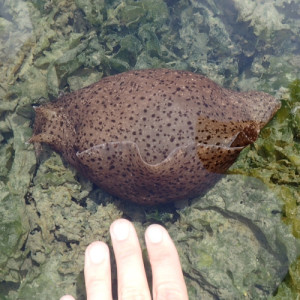
A: Sea hares are notorious for going through huge fluctuations in their population numbers and often make their way into northern California waters when we have warm water conditions like we are currently experiencing. Historically, they have made their way as far north as Humboldt Bay during some El Niño events. Sea hares feed on macrophytic (large seaweeds). Their presence in Lake Merritt is in itself no cause for concern, but is another indicator that climate change impacts are being observed all around us. The warming ocean temperatures we are seeing this year, in the absence of an El Niño, suggest this is part of larger anthropogenic (caused by humans) change in our environment.
The sea hares will probably go through a phase of rapid growth and reproduction and then there will be a massive die-off after spawning. This is to be expected and is often observed. Again, not a reason for alarm, but part of their natural boom and bust cycle.
— Terrence Gosliner, Ph. D, Senior Curator, California Academy of Sciences Department of Invertebrate Zoology
